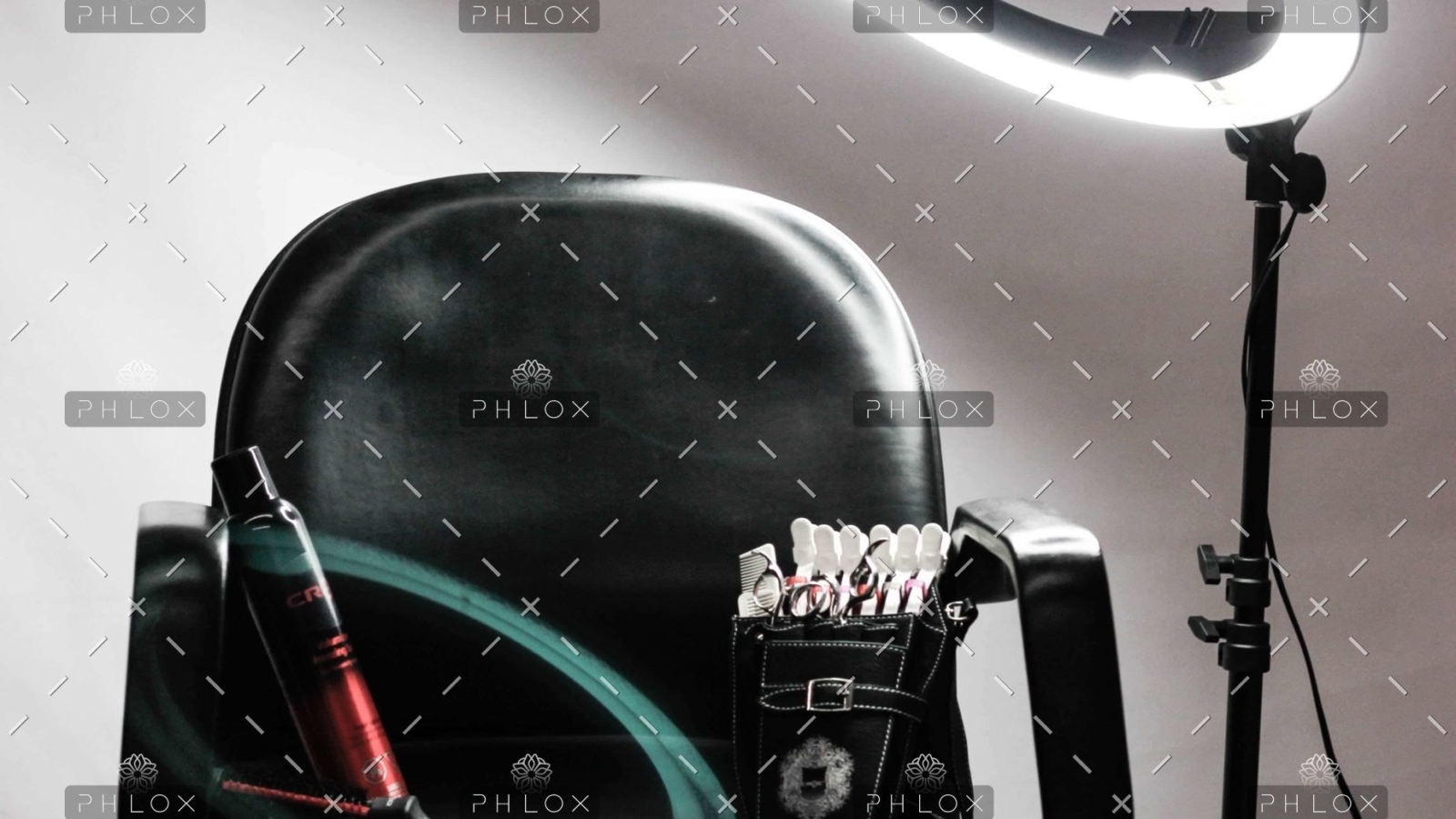Keratin is a structural protein found in our hair, skin, and nails. It’s also commonly found in styling products to help strengthen hair—but the term keratin treatment is actually a misnomer. “Keratin treatments are a semi-permanent hair straightening treatment that smoothes and adds shine to frizzy hair,” says Fitzsimons. How the treatments work is not through the use of keratin, though.
Eleifend quam adipiscing vitae proin sagittis nisl rhoncus mattis rhoncus. Lectus mauris ultrices eros in cursus turpis massa tincidunt. Nisl pretium fusce id velit ut. Nunc congue nisi vitae suscipit. Libero enim sed faucibus turpis in eu. Tempor id eu nisl nunc mi ipsum. Eget felis eget nunc lobortis. In fermentum et sollicitudin ac orci phasellus. Commodo elit at imperdiet dui. Eget nunc lobortis mattis aliquam faucibus purus. Semper auctor neque vitae tempus quam pellentesque nec nam aliquam. Sapien et ligula ullamcorper malesuada proin. Ac feugiat sed lectus vestibulum mattis. Adipiscing elit duis tristique sollicitudin nibh sit amet commodo nulla. Eget mi proin sed libero enim. Egestas diam in arcu cursus. Congue eu consequat ac felis. Turpis cursus in hac habitasse. Arcu non odio euismod lacinia at. Molestie nunc non blandit massa enim nec dui nunc.
While similar to other hair straightening treatments, keratin treatments are still distinctively different. Japanese hair treatments and traditional relaxers permanently break your hair’s bonds using ammonium thioglycolate and sodium hydroxide—making them far more effective on coily hair and also more damaging. The growing-out phase will also be more intense than with a keratin treatments, since there will be a line of demarkation when your natural texture grows back in.
Part of the concern with keratin treatments revolve around one of the ingredients found in most traditional salon formulas: formaldehyde. The Centers for Disease Control (CDC) defines it as a colorless, strong-smelling gas that is usually used to make building materials, household products like glue and fiberboard, and used as a preservative when dissolved in water. In keratin treatments, it’s responsible for locking the hair into that new straight and smooth position for months. But these treatments don’t actually contain formaldehyde, because, well, it’s a known carcinogen. What they contain instead is ingredients like methylene glycol, formalin, methanal, and methanediol, that release the carcinogenic compound when mixed with water during the treatment. So while the formula might technically be formaldehyde-free, it’s not once mixed with water.

 Cart is empty
Cart is empty 
Add a Comment